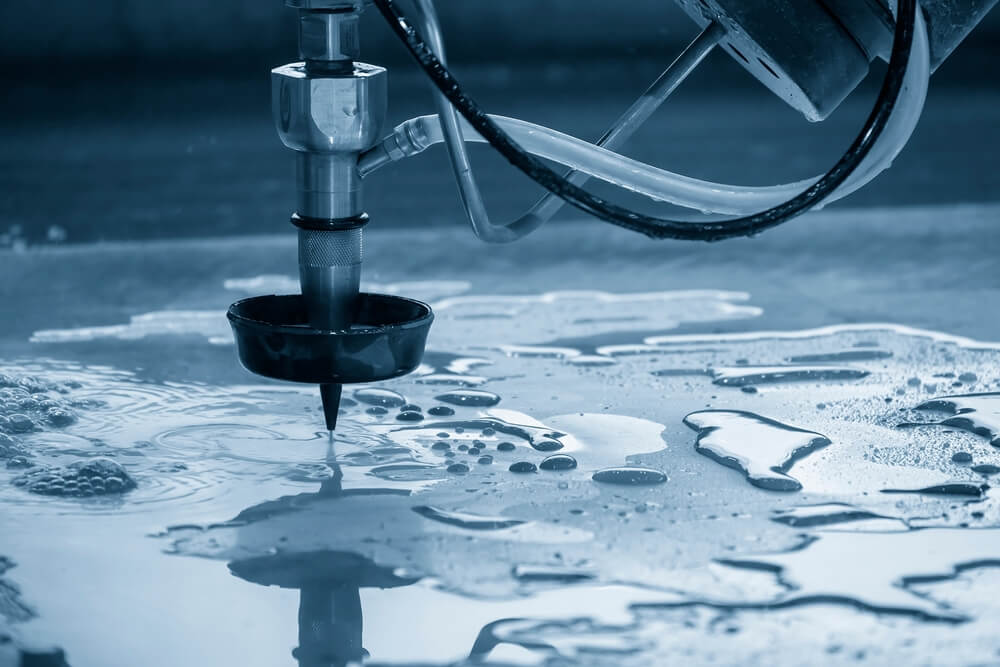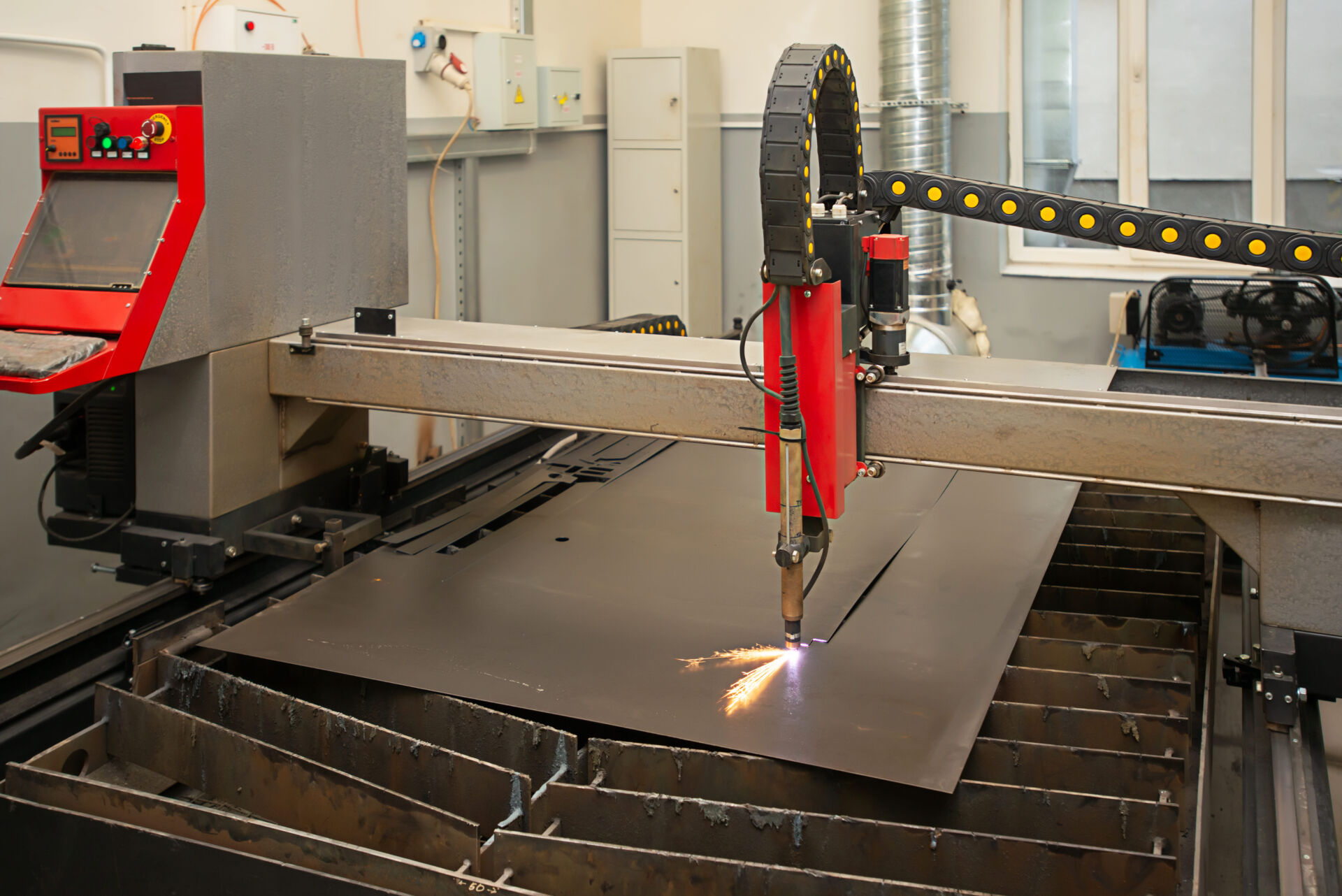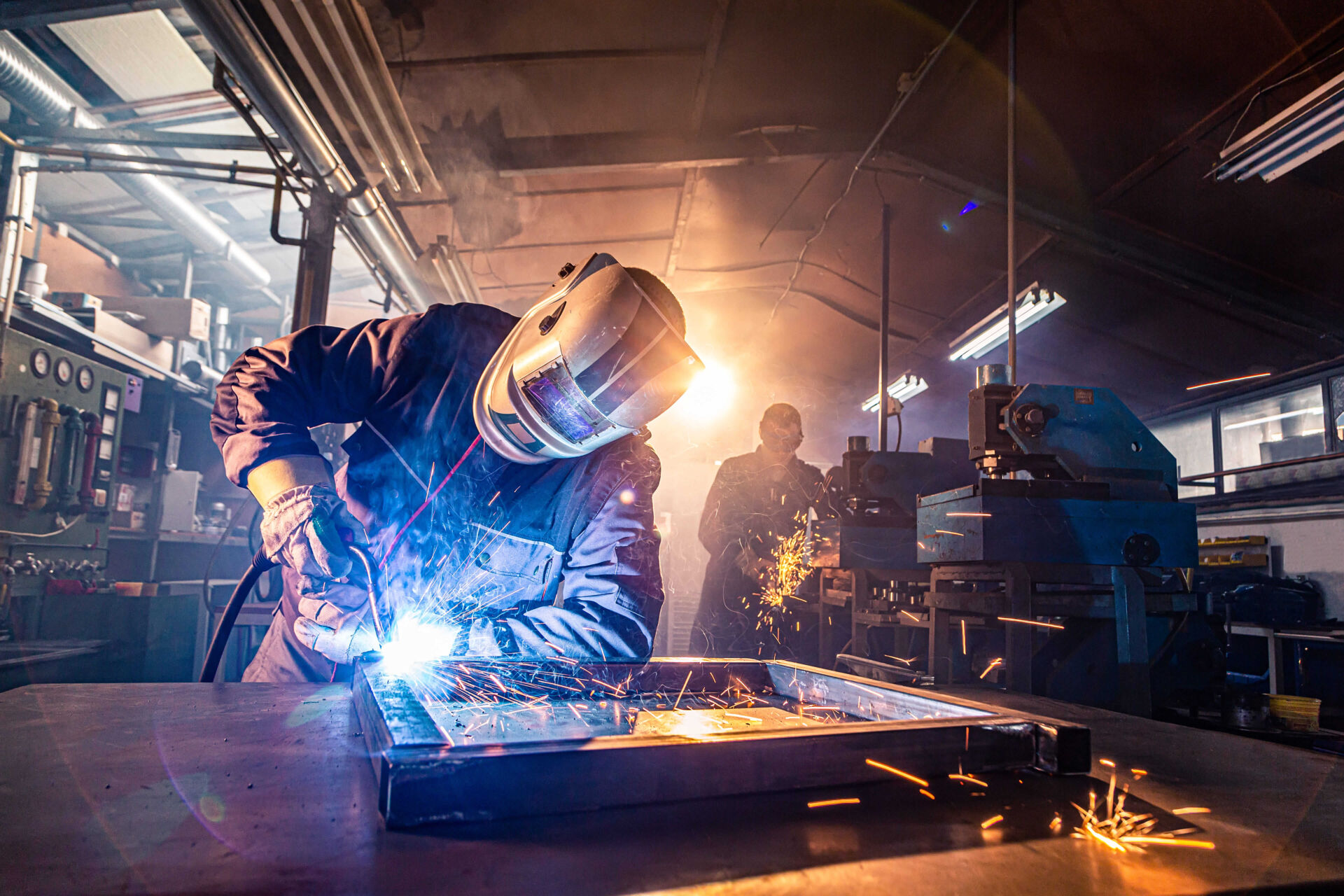When it comes to metal cutting, choosing the proper technique is essential for ensuring precision and efficiency. At Brooks Industrial Metals, we believe waterjet metal cutting is a standout option among the various methods available, offering unique advantages that make it a reliable choice for many applications!
Unlike thermal cutting methods, which can alter the metal’s properties due to heat, waterjet cutting is a cold process that maintains the material’s integrity. Its versatility goes beyond simple cuts, providing advanced functionality for more intricate projects. This makes waterjet cutting an ideal solution for industries that require high-quality, precise cuts without compromising the material’s structure, all while supporting our commitment to delivering exceptional results to our community.
In this article, we’ll go through the advantages of waterjet metal cutting compared to other conventional methods.
About Waterjet Cutting
Waterjet cutting involves using a high-pressure stream of water, often mixed with an abrasive substance, to cut through various materials, including metals. This highly precise method allows for intricate cuts without causing heat-related distortions or material weaknesses.
1. Precision and Accuracy
One of the standout features of waterjet metal cutting is its precision. Unlike traditional methods such as plasma or laser cutting, waterjets do not generate heat during cutting. This absence of heat eliminates the risk of heat-affected zones (HAZ), which can alter the structural integrity of the metal. As a result, waterjet cutting provides highly accurate cuts with minimal material wastage, making it ideal for complex designs and tight tolerances.
In contrast, traditional methods like plasma cutting rely on intense heat to melt the metal, which can lead to warping or other distortions, particularly in thinner materials. Laser cutting, while also precise, can cause similar issues with heat-affected zones, especially in reflective metals like aluminum and copper.
2. Versatility Across Materials
Waterjet metal cutting is incredibly versatile, capable of cutting through virtually any type of metal, from steel and aluminum to titanium and copper. This method can also handle a wide range of thicknesses, from thin sheets to thick plates, without compromising on the quality of the cut.
Traditional cutting methods often have limitations in terms of material compatibility. For instance, mechanical cutting methods like saws or shears are generally better suited for thicker, less intricate cuts and might struggle with harder metals. Plasma cutting is highly effective for thicker metals but might deliver a different level of precision for thinner materials. Laser cutting is excellent for thin materials and offers precision, but it may struggle with certain reflective metals or thicker gauges.
3. Environmental and Safety Considerations
Another significant advantage of waterjet metal cutting is its environmental friendliness. The process does not produce harmful fumes, dust, or toxic gases, which are common byproducts of plasma and laser cutting. This makes waterjet cutting a safer option for operators and reduces the environmental impact of the cutting process.
Traditional cutting methods, particularly those involving heat, can pose safety risks due to the generation of sparks, fumes, and high temperatures. These factors necessitate additional safety measures and can limit the working environment’s cleanliness and safety.
4. Cost-Effectiveness and Efficiency
While waterjet metal cutting may have a higher initial setup cost than some traditional methods. However, its efficiency in reducing material wastage and the need for secondary processing can lead to significant cost savings in the long run. The precise cuts reduce the amount of scrap material, and the absence of heat-affected zones means there’s less need for additional finishing or correcting warped parts.
On the other hand, traditional methods like mechanical cutting might be cheaper upfront but can incur additional costs due to material wastage, potential rework, and slower processing times. Plasma and laser cutting can also be cost-effective but may require more maintenance and energy consumption, particularly for thicker materials.
Maximize Precision and Minimize Waste
Compared to traditional metal cutting methods, waterjet metal cutting stands out with its unique advantages in precision, versatility, safety, and overall efficiency. It’s a fantastic choice for industries that need high-quality, intricate cuts while keeping environmental impact to a minimum.
At Brooks Industrial Metals, our team of skilled professionals uses a pressurized waterjet cutting system that works on various materials, covering metals and composites to glass and plastics. With the advantages of precision complex cutting, zero heat applications, reduced wastage, and zero-emission or harmful byproducts, our metal cutting technique offers the industry-leading cutting solutions you need in Brooks.
Reach out to learn more about our waterjet cutting services today!
Waterjet Cutting FAQ
What materials can be cut using waterjet cutting?
Waterjet cutting is highly versatile and can cut through a variety of materials, including metals, stone, glass, ceramics, plastics, and composites, making it ideal for complex projects with different material requirements.
Does waterjet cutting produce hazardous waste?
No, waterjet cutting generates minimal hazardous waste. The primary byproduct is a non-toxic, non-hazardous slurry that can be easily disposed of without environmental concerns.
Can waterjet cutting achieve 3D shapes?
Yes, advanced waterjet systems can perform 5-axis cutting, allowing for complex 3D shapes and intricate designs that traditional methods might struggle with
Is waterjet cutting environmentally friendly?
Yes, waterjet cutting is considered environmentally friendly. It produces less waste, doesn’t emit harmful fumes, and uses recyclable materials, contributing to a more sustainable manufacturing process.





